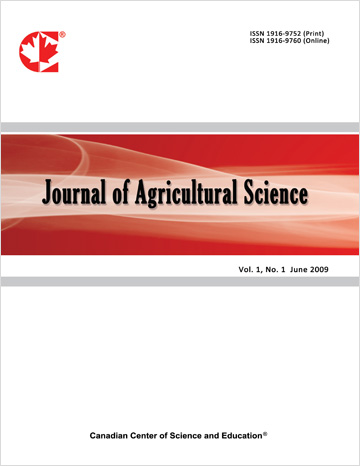Rehabilitation of Artisanal Mining Gold Land in West Lombok, Indonesia: 2. Arbuscular Mycorrhiza Status of Tailings and Surrounding Soils
- B. Prasetyo
- B. Dewi Krisnayanti
- Wani Utomo
- C.W.N. Anderson
Abstract
Artisanal mining plays an important role in the Indonesia economy; however, it has created serious environmental
destruction. The prohibition of artisanal mining is not a wise policy and never works. A more valuable strategy is
to encourage artisanal mining; however, the associated poor health, safety, and environmental conditions must be
improved. Therefore, effective rehabilitation of the environment post mining is essential. Phytoremediation is
considered to be one method to achieve this rehabilitation. In this method, the interaction of plant roots with
mycorrhiza is one of the key determinants of successful rehabilitation. A study to identify the indigenous
mycorrhiza present in soil was carried out at an artisanal gold mining region at Sekotong, West Lombok, Indonesia.
Soil samples were collected from the rhizosphere of a selection of indigenous plant species for the identification of
the associated mycorrhizal fungi. Rhizosphere samples were collected from a normal agricultural soil as well as
waste rock and mine tailings. The plants studied were Acassia sp, Gmelina arborea, Leucaena glauca, Tectonia
grandis, Manihot utilissima, and Zea mays. There was an abundance of mycorrhizal fungi species associated with
all observed plants, with the dominant genus being Glomus. The spore density varied from 77 – 240 spores/100g in
natural soils, with the percentage of infected roots varying from 10 to 40%, and decreasing as the soil was
disturbed. Some of these mycorrhizal fungi showed a relatively good ability to grow in the heavy metal
contaminated gold mine tailing.
- Full Text:
 PDF
PDF
- DOI:10.5539/jas.v2n2p202
Journal Metrics
- h-index: 67
- i10-index: 839
- WJCI (2023): 0.884
- WJCI Impact Factor (2023): 0.196
Index
- AGRICOLA
- AGRIS
- BASE (Bielefeld Academic Search Engine)
- Berkeley Library
- CAB Abstracts
- ChronosHub
- CiteSeerx
- CNKI Scholar
- Copyright Clearance Center
- CrossRef
- DESY Publication Database
- DTU Library
- e-Library
- EBSCOhost
- EconPapers
- Elektronische Zeitschriftenbibliothek (EZB)
- EuroPub Database
- Excellence in Research for Australia (ERA)
- Google Scholar
- Harvard Library
- IDEAS
- iDiscover
- Jisc Library Hub Discover
- JournalTOCs
- KindCongress
- LIVIVO (ZB MED)
- LOCKSS
- Max Planck Institutes
- Mendeley
- MIAR
- Mir@bel
- NLM Catalog PubMed
- Norwegian Centre for Research Data (NSD)
- Open J-Gate
- OUCI
- PKP Open Archives Harvester
- Polska Bibliografia Naukowa
- Qualis/CAPES
- RefSeek
- RePEc
- ROAD
- ScienceOpen
- Scilit
- SCiNiTO
- Semantic Scholar
- SHERPA/RoMEO
- Southwest-German Union Catalogue
- Standard Periodical Directory
- Stanford Libraries
- SUDOC
- Swisscovery
- Technische Informationsbibliothek (TIB)
- Trove
- UCR Library
- Ulrich's
- UniCat
- Universe Digital Library
- WorldCat
- WRLC Catalog
- Zeitschriften Daten Bank (ZDB)
Contact
- Anne BrownEditorial Assistant
- jas@ccsenet.org
